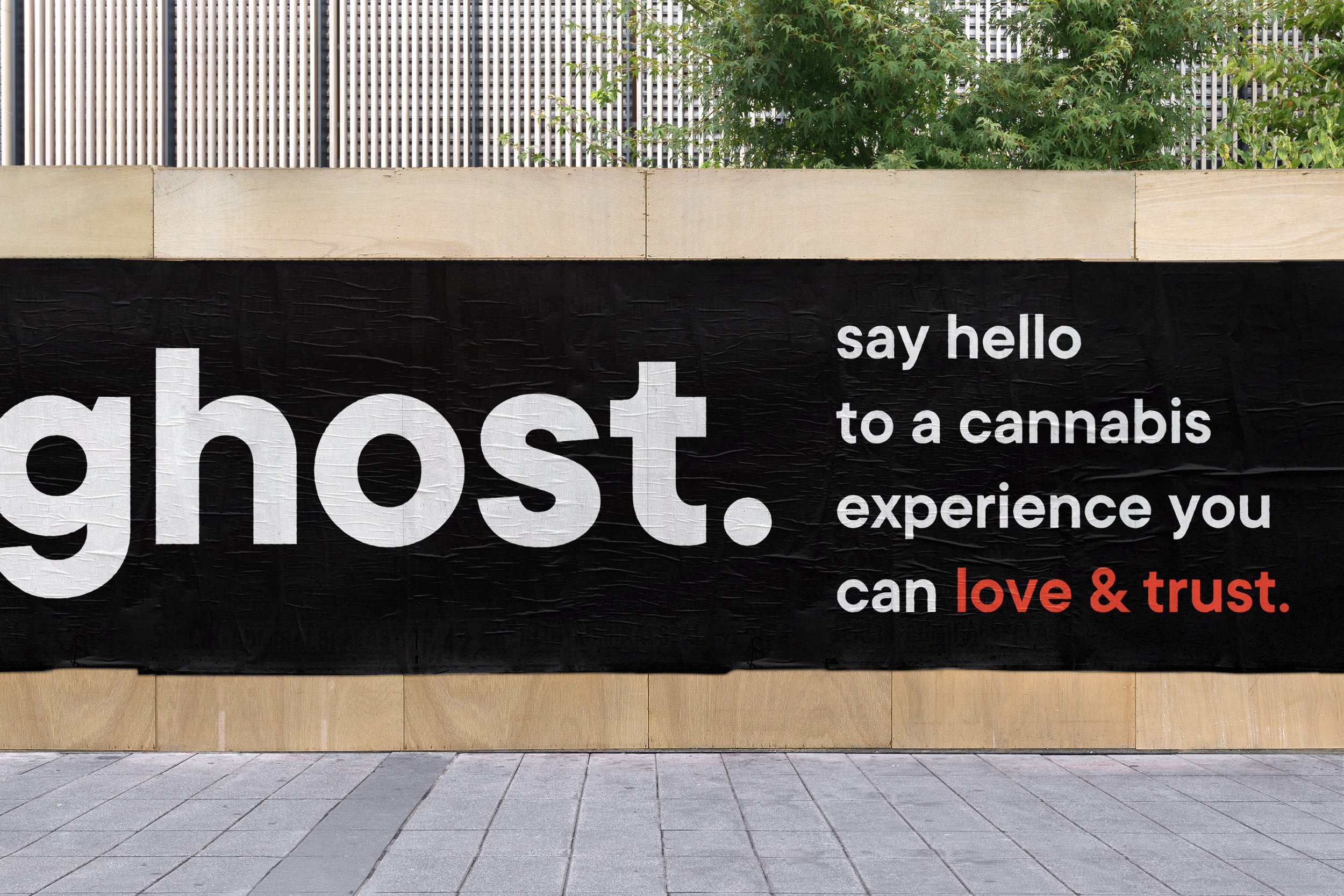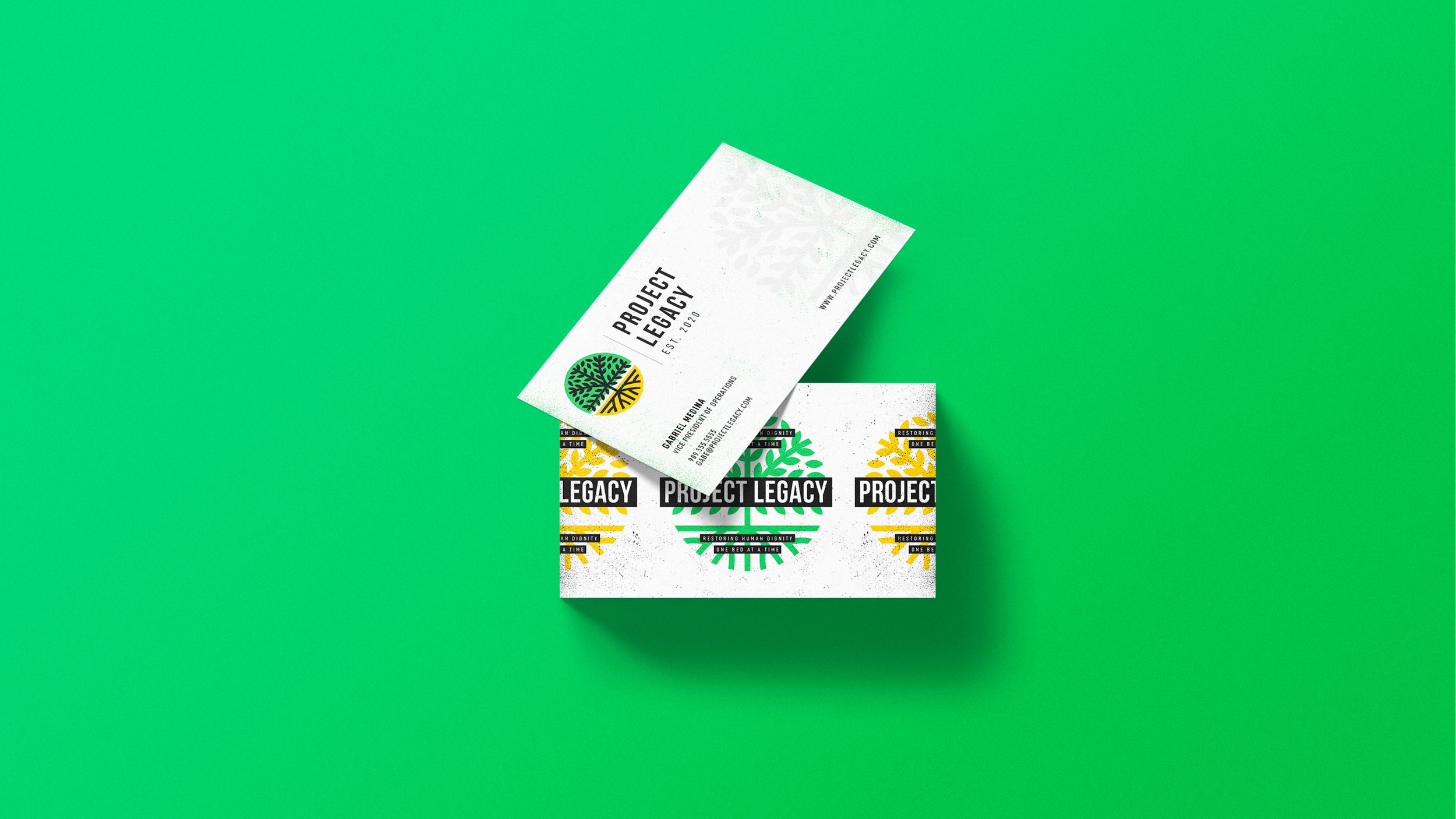Brand Strategy
Great brand design starts with great brand strategy. Before we work out how best to visually present your brand, we'll help you crystallize exactly what your brand is, why it exists, and who your key customers are. From this, we'll develop all the tools you'll need to ensure your brand communicates with 100% consistency.
Table of CONTENTS
01. What is a Brand?
02. What is a Brand Strategy?
03. What is a Strong Brand?
04. What is a Brand Heart?
05. What is Brand Messaging?
06. What is Brand Positioning?
07. What is Visual Identity?
08. How to Use All This?
01.
What Is a Brand?
Often, when people talk about a “brand,” they’re referring to the physical logo or icon imprinted on something to identify the business that manufactured it. But a brand is more than a logo. It’s an emotional interaction—more specifically, an emotional experience, strengthened or weakened through every interaction with that business.
We define brand as what people think, feel, and say about your business. (This differs from marketing, which is what you say about your business.)
02.
What Is a Brand Strategy?
A brand strategy is a blueprint to help a business present itself to the world authentically and consistently. It’s comprised of four things:
Brand Heart: The core of your brand (why you exist, what you do, how you do it).
Brand Positioning: The difference between your brand and your competitors.
Brand Messaging: The way you talk about your brand.
Brand Voice: The way you talk about your brand.
Visual Identity: The look of your brand.
With a strong brand strategy, you can ensure your brand is aligned to your business, cultivate an emotional connection with the people you’re trying to reach, and increase the likelihood that those people will think, feel, and talk about you the way you want them to.
03.
What is a Strong Brand?
Not to be confused with a business strategy. To build a strong brand, you have to deliver a positive and consistent emotional experience. The more you do this, the more people come to rely on you and, most importantly, trust you. That trust is why we all return to our favorite brands over and over - we crave that familiar feeling.
In today’s landscape, cultivating this emotional connection is the key to your brand’s survival. It’s what compels people to choose you over your competitors. But how do you cultivate this connection?
The truth is you can’t force people to trust you. Their feelings will be based on their perceptions and judgments of your brand’s most basic attributes:
What you stand for: Your purpose, vision, mission, values.
How you communicate: Your voice, personality, messaging, etc.
What does your brand look like: Your logo, colors, fonts, etc.
Although you can’t control how people perceive you, you can represent yourself authentically and consistently in each of these areas. The better you do this, the more likely they are to understand you, and the easier it will be for them to trust you.
Unfortunately, this is exactly why many businesses struggle. So many organizations are full of people who know what they’re selling, but they don’t really know who they collectively are or why their brand exists. Therefore, they can’t communicate authentically in marketing or act consistently throughout the customer journey. It’s no surprise, then, that their brand experience is subpar.
So how can you avoid this? How do you align your beliefs and actions to create a cohesive brand experience? With a brand heart.
04.
Brand Heart
Every brand holds a basic set of beliefs that influence everything they do. We call these beliefs your Brand Heart. Knowing what these core principles are and why they matter is crucial, as they are a potent force that can actively support or sabotage your business.
Your Brand Heart is comprised of four elements:
Purpose: Why do you exist?
Vision: What future do you want to help create? What does the future look like?
Mission: What are you here to do? How do you create that future?
Values: What principles guide your behavior?
The elements of a Brand Positioning are intentionally ordered in a logical hierarchy to guide you from your high-level “why?” to the actionable “how?” This makes articulating each element easier.
Purpose & Vision
(The Why?)
↓
Mission
(The What?)
↓
Values
(The How?)
Combined, these elements give you the foundation you need to…
Make better business decisions. When facing a challenging business decision, your Brand Positioning functions as your North Star, guiding you in the right direction. Operating with your values front and center also cultivates trust, keeping you accountable to the people you work with (teammates and employees) and for (existing and potential customers).
Build stronger customer relationships. Communicating your beliefs authentically and consistently helps you attract like-minded people who share your ideals. In a competitive market, these relationships are crucial to your long-term success.
Create a stronger, happier culture. When employees are invested in a shared vision, they’re more collaborative, committed, and engaged, creating a healthier work environment that helps you attract and retain the talented people you want.
Ultimately, your Brand Positioning is a powerful tool to align every aspect of your business, from your product offerings to the content you create. Remember: The stronger the Brand Positioning is, the better your ability to build a trustworthy brand.
05.
Brand Messaging
Telling your brand story effectively is challenging. How do you succinctly communicate who you are, what you do, and why you’re different? How do you talk about your product or service in a compelling way? How do you communicate your beliefs with impact? And how do you tell a consistent, cohesive story (especially if there are many different content creators working on behalf of your brand)? It starts with your brand messaging.
When you can successfully articulate your brand in simple, powerful language, you can communicate effectively with the people you’re trying to reach and, ultimately, convert them.
Your content tells your brand story, whether or not you realize it. To make the most impact, you need to tell your story consistently across all touch points, in every piece of content.
06.
Brand Positioning
A brand strategy should be in alignment with your business strategy. It is useful to have a working draft of a business strategy, which includes the answers to a few foundational questions:
Who are you for? You need to understand who you’re trying to convert into customers. If you haven’t articulated this, learn more about customer and audience personas here.
Who are you against? Who is your competition? If you need more clarity, learn more about doing a competitive analysis here.
What role will your business play? In the context of your industry and existing competition, where will you slot in?
Once you’ve done that research and identified where you stand, it’s helpful to distill your positioning into a one-sentence description that explains what you do better than everyone else. We like this template from branding pro Marty Neumeier:
Our (Offering) ⟶ Is The Only (Category) ⟶ That (Benefit)
Companies need positioning because customers have choices—and if you don’t stand out, you lose. Positioning is what differentiates a brand in the customer’s mind. To win the positioning game answer this simple question: What makes you the “only”?
07.
Visual Identity
If you’re at the visual identity stage of your branding (or rebranding), there are many things to think about. What are you trying to communicate through your visual identity? What do you need to include? How do you make sure it’s applied the right way? It can feel a bit intimidating, but it doesn’t have to be.
A strong visual identity isn’t pretty; it’s purposeful, helping you communicate who you are, no matter the medium. More specifically, a good visual identity is:
Distinct: It’s unique and stands out from the crowd.
Memorable: It makes an impression.
Scalable: It should be able to grow with your brand, whether you’re branching out into new products, services, or even new industries. As you go through the process of designing, remember that you aren’t just designing for today. You’re designing for your brand’s future.
Flexible: It works across different mediums, such as web, print, etc.
Cohesive: Every piece works together. Thus, your content stays consistent.
Easy to apply: You want to equip your brand designers (and any content creators) with the tools they need to properly do their job, so it needs to be intuitive to use.
08.
How to Use Your Brand Strategy Once You’re Finished
Now that you have a fully articulated Brand Strategy, you can use it to align your business and brand at every level. A few ways to get started:
Make it accessible. Your Brand Heart should be stored somewhere easily accessible. Include it in your documented brand strategy, along with your brand messaging and visual identity. (Pro Tip: Add to the walls of your business as a touchstone reminder of what we’re here for.)
Audit your current messaging. While your Brand Heart will be shared internally first, you should also translate it into external-facing messaging, starting with your website and content marketing.
Share it publicly. This plants a flag and shows that you are setting a standard for accountability. This may be intimidating, but it is an important gesture of goodwill for both your employees and the people who want to support your brand.
Look for opportunities to bring your Brand Heart to life. You may already have internal initiatives that reflect your Brand Heart, but it’s important to walk the walk where you can. Whether it’s promoting a volunteer opportunity related to your vision or introducing a new employee program in support of your values, there are many ways to align your beliefs and actions.
Remember that you can’t control people’s thoughts and feelings about your brand, but if you follow your Brand Heart, you know you’re leading with your best foot forward—and giving your brand its best chance for success.
Case Studies










